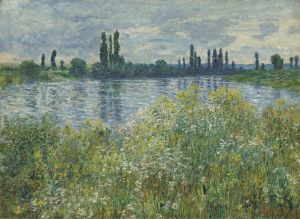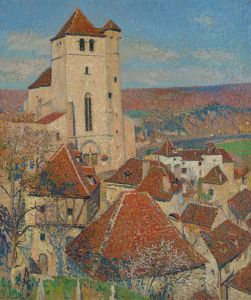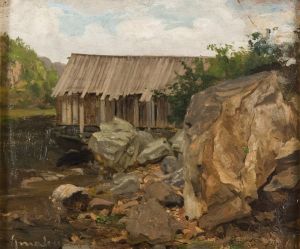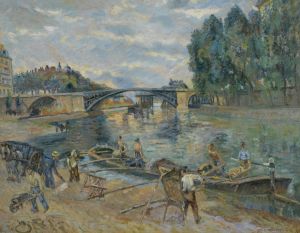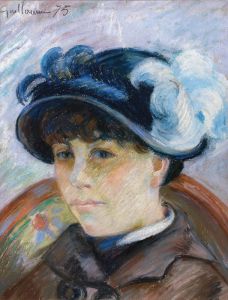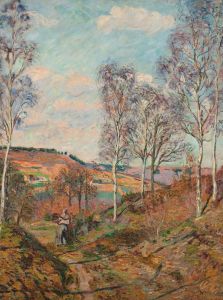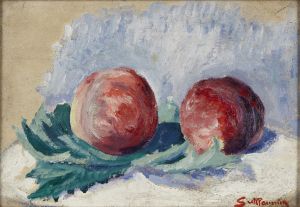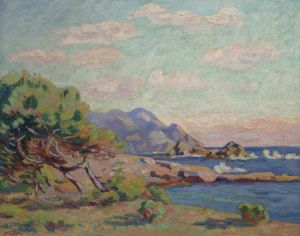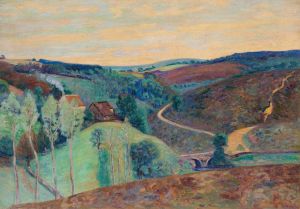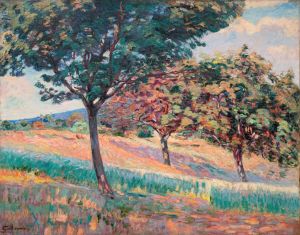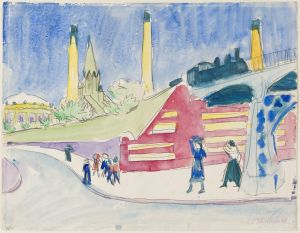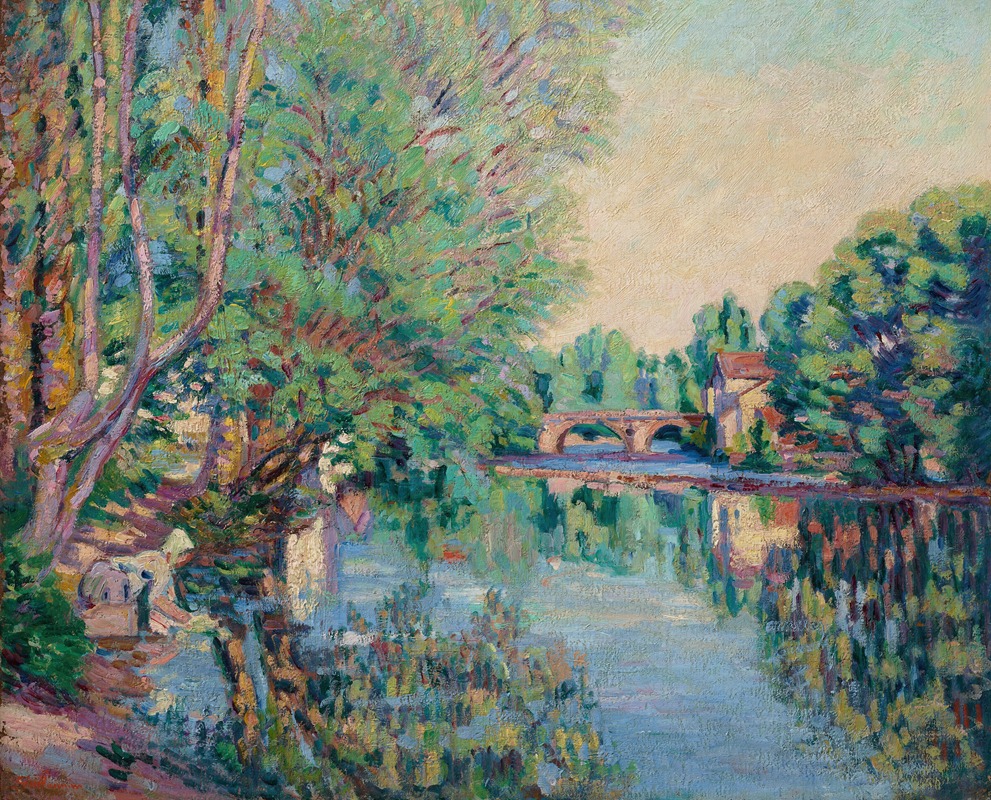
Saint-Père sous Vézelay
A hand-painted replica of Armand Guillaumin’s masterpiece Saint-Père sous Vézelay, meticulously crafted by professional artists to capture the true essence of the original. Each piece is created with museum-quality canvas and rare mineral pigments, carefully painted by experienced artists with delicate brushstrokes and rich, layered colors to perfectly recreate the texture of the original artwork. Unlike machine-printed reproductions, this hand-painted version brings the painting to life, infused with the artist’s emotions and skill in every stroke. Whether for personal collection or home decoration, it instantly elevates the artistic atmosphere of any space.
Armand Guillaumin (1841–1927) was a French Impressionist painter and lithographer, known for his vibrant use of color and depictions of landscapes. Among his works is the painting Saint-Père sous Vézelay, which captures the rural charm of the small commune of Saint-Père, located near Vézelay in the Burgundy region of France. This area is known for its picturesque scenery and historical significance, including its proximity to the Vézelay Abbey, a UNESCO World Heritage Site.
Guillaumin, a contemporary of artists such as Claude Monet, Camille Pissarro, and Paul Cézanne, was deeply influenced by the Impressionist movement, which sought to depict the effects of light and atmosphere in outdoor settings. His works often focused on natural landscapes, and Saint-Père sous Vézelay is no exception. The painting reflects Guillaumin's characteristic style, marked by bold, expressive brushstrokes and a vivid color palette that brings the scene to life.
The exact date of the painting is not widely documented, but it is consistent with Guillaumin's broader body of work, which frequently explored rural and semi-rural settings in France. His ability to capture the essence of a location, combined with his innovative use of color, made him a distinctive figure within the Impressionist circle. Unlike some of his contemporaries, Guillaumin did not achieve widespread fame during his lifetime, but his works have since gained recognition for their unique contribution to the movement.
The painting likely portrays the natural beauty and tranquility of the Saint-Père area, with its rolling hills, lush greenery, and traditional architecture. Guillaumin's choice of subject matter aligns with the Impressionist emphasis on everyday scenes and the interplay of light and shadow in outdoor environments. His works often evoke a sense of immediacy, as if capturing a fleeting moment in time.
Today, Saint-Père sous Vézelay is appreciated as part of Guillaumin's legacy, showcasing his dedication to portraying the French countryside with authenticity and artistic innovation. While specific details about the painting's provenance or current location are not readily available, it remains an example of Guillaumin's skill in translating the beauty of nature onto canvas.






